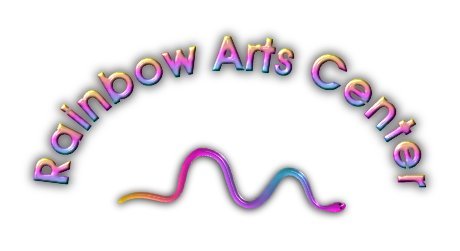|
Math
and Science Make Art in “From the Heart” at Customs
House
Museum
Clarksville
,
TN
– Modern
mathematics and classic photographic chemistry meet to produce art
in “From the Heart: Photos of Livingston-Dunn and Musgjerd,”
featuring digital images created by Connie Livingston-Dunn based on
fractal geometry and platinum photographs by Robert Musgjerd. The exhibit
opens at Customs
House
Museum &
Cultural
Center
in downtown
Clarksville
on December
22. The public is invited to an artists reception on Thursday, January 27
from
5-7 pm
.
Livingston-Dunn’s
colorful, dynamic, digital images are based on the mathematical formulas
of fractal geometry. Fractals are the geometry of nature and natural
forms, and reveal a hidden order underlying the seemingly chaotic events
of the universe through repeating patterns with endless variation of forms
throughout scale changes. Unlike most areas of mathematics which were
developed centuries ago, research on fractals is being carried out now by
mathematicians all over the world. The formulas behind fractal geometry
that are the basis for the art Livingston-Dunn creates were first
developed by Gaston Julia and Pierre Fatou in 1918, and advanced by Benoit
Mandelbrot in 1980 with the aid of computers.
Accompanying
Livingston-Dunn’s “high-tech” fractal images are the platinum
photographic prints of Robert Musgjerd. Musgjerd, a self-taught
photographer, specializes in large format photography featuring still life
compositions and portraits of people in their own environments. Musgjerd
prints his images using the method of platinum/palladium printing, a
process renowned for its delicate tonal scales, which has existed nearly
as long as photography. During the late 1800s and early 1900s,
commercially produced platinum papers were widely available, but beginning
with the onset of World War I, the platinum family metals became hard to
get in the
United
States
and the
paper was imported from
Europe
. The paper
has not been available commercially since around 1941, and printers
currently working with the process must mix the chemicals and apply them
to the paper by hand. The process itself may be manual and “low-tech,”
but the resulting prints are beautiful and possess high archival
stability.
|
